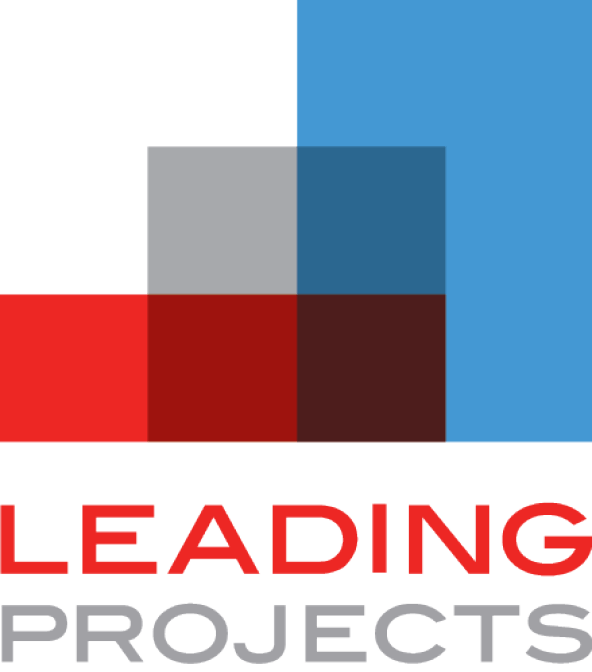NEWS & RESOURCES
Six Attributes of Decision Quality
Particularly in the case of capital projects, much of the critical decision-making occurs at the front end, when teams have the greatest opportunity to maximize value by shaping the opportunity properly. However, despite deploying stage-gated project management processes and Front-End Loading (FEL) activities for many years, organizations continue to struggle to deliver projects that are on time, on budget, and achieve value expectations. 2 Hypothetical Projects In the illustration below, one of the two hypothetical projects leaves a lot of value on the table due to poor shaping decisions. Better Opportunity Shaping Project teams are often focused on the completion of FEL deliverables to satisfy stage gate requirements, but some of the most important value-creation…
Short Interval Control: Magic You Can Use Immediately to Stay on Schedule
Leading Projects does a lot of work for clients in a practice area we call “Strategic Interventions,” which usually involves helping project teams recover from schedule slippage — always incredibly difficult. So, how can you avoid slippage in the first place? During any stage of a major project, one of our favorite tools to stay on schedule is “Short Interval Control.” Short Interval Control (SIC) is a technique commonly used in manufacturing industries where timely intervention is essential to ensure production quality. Typically, a quick and focused review of performance data during the shift can enable the identification of issues, allowing immediate correction and thereby minimizing losses due to off-specifications going undetected. The…
Leading From Home
This post was written by Greg Sills, Rich Layton, and Davia Sills. Yes, we said “leading”—but that doesn’t mean you have to be an executive or supervisor to take on a strong leadership role in these uncertain times. With Microsoft, Facebook, Amazon, and scores of other companies encouraging—even mandating—that their employees work from home, it’s important to share the leadership load for implementing this new model. This isn’t the kind of leadership that requires authority granted by an organization chart, but the kind that every team member can seize—needs to seize—in a volatile business environment. Employees, customers, suppliers, business partners… everyone is looking for leadership and guidance on how your organization will operate with a…
Is Your “Stage-Gate System” Destroying Value?
For years now, stage-gate systems have become a “best practice” to ensure that capital projects achieve the appropriate state of readiness before they advance from one stage to the next. But are they working? Not if they are distracting your team from framing the right project. Fixating on the Stage Gates Can Erode Opportunity Framing The front-end of projects is where all the value is created. Quite often, a fixation on satisfying stage-gate (front-end loading, or FEL) requirements can prevent a team from focusing on the big shaping decisions that will create the most value. In the illustration below, there are two hypothetical projects—and one of them leaves a lot of value on the table….
4 Reasons Your Project Process Is Failing You
Most companies that have a capital project portfolio of any size strive to have a common process by which the projects will be done—nobody wants each project team to reinvent their own version of the wheel! Expectations are made clear, and the project is evaluated at the end of each stage to determine whether those expectations have been met and the project is ready to proceed. Makes sense, right? But many projects fail because the process has not been designed and used properly. When a company’s common processes are disrespected or underutilized, they generally suffer from one or more of the following pitfalls: 1. Overly Facilities-Focused Especially when a company’s primary focus has been on…
Managing the Unexpected: The Art of Mindful Leadership
Effective leaders anticipate a certain amount of risk. That’s why well-managed projects generally have sophisticated, built-in risk management tools and processes. The whole idea is to identify the risks, assess the probability that they will occur, and calculate the magnitude of their impact. Once that happens, project leaders can determine the mitigations to be made and assign risk owners to monitor the risks and step in to respond where necessary. As a result, a regular process is established for keeping the whole risk management system up to date and relevant. It’s a great approach for anticipating and planning for all of the harmful events we’ve been able to think of — the events inside our…
Don’t Fall Behind
This post was written by Greg Sills, President of Leading Projects, and Mark Robicheaux, Senior Advisor. Leading Projects does a lot of work for clients in a practice area we call “Strategic Interventions” — which usually involves helping project teams recover schedule slippage — always incredibly difficult. Most project delivery systems are focused on “readiness” for the Execute stage. But what should the focus be during Execute? During Execute, we believe staying on schedule is the single most important goal that a project team can achieve. Meeting schedule objectives means meeting budget objectives, too, and easily co-exists with meeting other objectives such as safety, quality, and operability. The best way to meet the schedule is…
Case Study: A New, Scalable Project Process
Project Systems Elevated
Industries today are facing relentless competition for capital, making the selection and predictive performance of projects all the more critical. Even companies with a long and rich track record of delivering some of the most difficult major projects in our industry are struggling to deliver on promises. Artifacts from mergers, acquisitions, or divestitures may create additional obstacles to achieving “best in class” performance when companies fail to integrate their work processes following those changes to the company’s structure. Project excellence is a must for companies that wish to stay competitive in the current market. However, there is often a tendency to overcomplicate project excellence programs; this mistake risks slow implementation and inconsistent application. How can…
